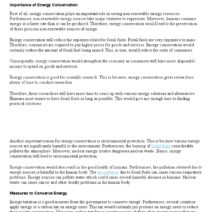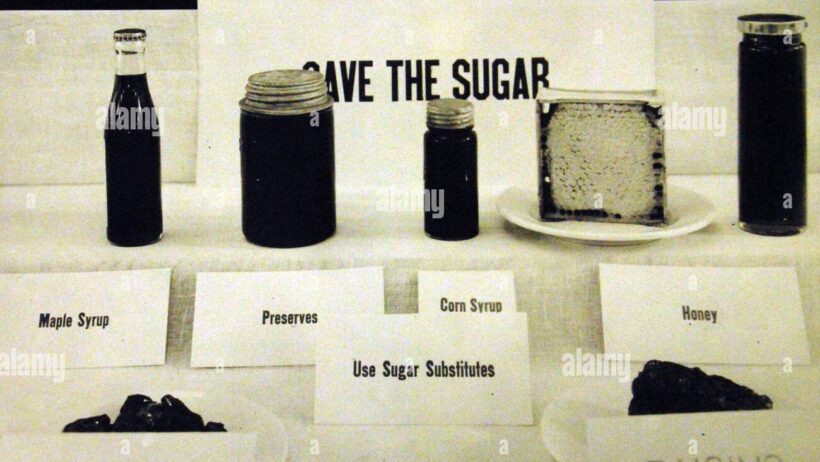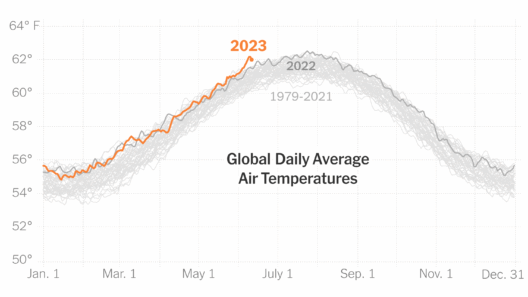During World War I, the United States faced numerous challenges that necessitated innovative approaches to conserving energy and resources. The war effort required extensive mobilization, leading to shortages of food, fuel, and various materials. As a response, the American government, along with its citizens, implemented a series of strategies aimed at reducing consumption and promoting sustainability. This essay delves into the measures taken to conserve energy during this critical period, highlighting the collective efforts of individuals and agencies alike.
The war catalyzed an unprecedented awareness of energy conservation among Americans. Initially, energy consumption during the early 20th century was largely unregulated. However, the onset of the war shifted priorities. The U.S. Food Administration, established by President Woodrow Wilson and headed by Herbert Hoover, became a pivotal organization in spearheading initiatives to conserve resources and modify consumption habits.
One prominent focus of these conservation efforts was food. The government urged American households to adopt practices that would minimize food wastage. The slogan “Food Will Win the War” epitomized the sentiment of the time, emphasizing the critical role that every citizen played in supporting the war effort through responsible consumption. Citizens were encouraged to partake in “meatless” and “wheatless” days, wherein specific meals were designated for reduced consumption of certain staples. This initiative not only alleviated pressure on food production but also encouraged families to explore alternative recipes and ingredients.
In conjunction with the food campaign, the establishment of community gardens also emerged as a grassroots effort to augment food supplies. Families were encouraged to cultivate their own fruits and vegetables, leading to the proliferation of “victory gardens.” This movement not only yielded fresh produce but also fostered a sense of community and self-reliance among citizens. The resulting decrease in demand for commercially raised produce contributed to the overall conservation efforts during wartime.
Energy conservation was not limited to food alone. The war necessitated substantial amounts of fuel, particularly for transporting troops and munitions. Consequently, the United States established the Fuel Administration, which sought to regulate and optimize fuel usage. The administration instituted measures such as daylight saving time, which aimed to elongate daylight hours for activities, thereby reducing the reliance on artificial lighting and heating. This seemingly simple adjustment had profound effects on energy consumption patterns, highlighting the significance of temporal shifts in reducing waste.
In an effort to foster a culture of conservation, government campaigns were launched to educate the public on efficient energy usage. These campaigns often employed catchy slogans and visual media, aiming to instill a sense of duty among citizens. Phrases like “Save Fuel” and “Every Drop Counts” permeated the public consciousness, encouraging individuals to be mindful of their consumption practices. Regulations were introduced, such as limiting the use of residential lights and encouraging the use of public transportation over personal vehicles. Such strategies demonstrated a comprehensive approach to energy conservation, integrating both grassroots actions and formal policies.
In terms of industrial energy conservation, significant changes were also mandated. Factories were urged to optimize production processes while minimizing energy consumption. The war effort necessitated an enormous increase in munitions and material production. Thus, businesses were called upon to innovate and refine their manufacturing protocols. The establishment of the War Industries Board allowed for the coordination of production resources, advocating for efficient energy utilization across various sectors. This marked a significant transition toward a more conscientious approach to energy in industry.
The promotion of recycling and repurposing materials was another critical facet of energy conservation. The slogan “Use it Up, Wear it Out, Make it Do, or Do Without” resonated widely, encouraging frugality in all aspects of life. Citizens were encouraged to donate old clothing, metal goods, and other materials to support the war effort. This concept extended to the diligent use of resources, where people were urged to repair and repurpose items instead of discarding them. Such practices not only reduced waste but also fostered a sense of camaraderie among communities, as neighbors united behind a common cause.
Furthermore, the war transformed attitudes toward energy efficiency. The experiences of wartime conservation efforts laid the groundwork for post-war initiatives and policies. After the war ended, many of the conservation practices introduced during this tumultuous period persisted. For example, the concepts of victory gardens remained popular, transitioning into broader movements focused on sustainable living.
The war underscored the relationship between energy consumption and national security, highlighting the importance of resource management. The collaborative ethos that manifestly emerged during World War I steered public awareness towards the interconnectedness of energy conservation, sustainability, and collective responsibility. These elements deeply influenced the trajectory of energy philosophies in subsequent decades.
In conclusion, the conservation efforts undertaken by Americans during World War I exemplified a comprehensive response to a pressing crisis. Through innovative campaigns, strategic regulation, and grassroots initiatives, citizens adapted their lifestyles to conserve energy. The lessons learned during this period not only alleviated wartime constraints but also paved the way for enduring changes in energy policies and practices. As contemporary society confronts the challenges of climate change and resource depletion, the historical strategies employed during the Great War may offer valuable insights into collective action and responsible resource management.







